Jaguar I-Pace: Experiential Review
Another day, another crossover by Jaguar. But don’t make the mistake of taking this one for granted – propelled by electricity, it’s a machine extraordinaire! While we’re still in the process of acclimatising to the recently launched E-Pace, Jaguar has already launched a new crossover – called the I-Pace.
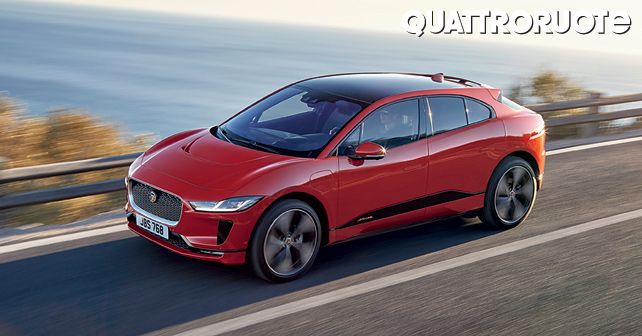
Another day, another crossover by Jaguar. But don’t make the mistake of taking this one for granted – propelled by electricity, it’s a machine extraordinaire!
While we’re still in the process of acclimatising to the recently launched E-Pace, Jaguar has already launched a new crossover – called the I-Pace. But think twice before you dismiss it as just another crossover, for the I-Pace isn’t a regular crossover. In fact, it’s a vehicle that’s completely different from anything that the company has produced till now. Also, the differences aren’t just in terms of marketing strategies that focus on dimensions, segment or equipment. The I-Pace stands apart from the herd to such an extent that we can say – without exaggerating – that, with this new model, Jaguar hasn’t just taken the game to a new level, but also changed the rules of the game altogether.
You must be wondering just what it is that makes this crossover so remarkable. Well, to put it simply, it’s an all-electric crossover and not just a half-baked attempt to save the planet. It’s neither a hybrid nor an electrified version with a regular petrol or diesel engine at its heart. The I-Pace is the real deal – an all-electric vehicle that has the likes of Tesla in its crosshairs. And if Jaguar’s claims are to be believed, the I-Pace is a real threat to Tesla, because it offers similar, or even better, levels of performance. In essence, it’s a silent assassin designed to decimate its competition – the first electric performance crossover to come out of the Jaguar stable.
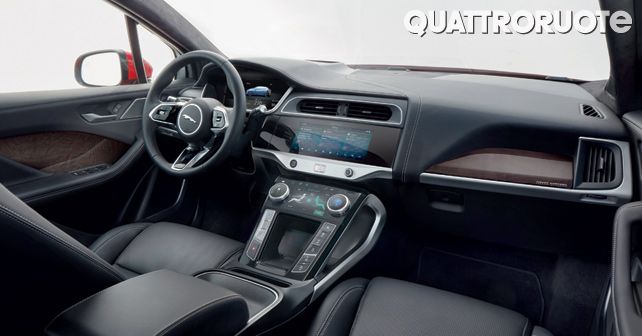
One-pedal feeling
One of the striking features of the I-Pace is its profile, which is gorgeous – even provocative. In fact, it looks like a concept car, not a production model. And its cab-forward design, thanks to its full electric underpinnings, adds to its aesthetic appeal. You see, to have a long hood would’ve been a complete waste for obvious reasons – there’s no engine to accommodate after all. Consequently, this also adds to the interior space for passengers and luggage. Jaguar claims it has a boot capacity of 656 litres, which is even more space than the F-Pace!
In terms of performance, the I-Pace is claimed to cover 480-kilometers on a full charge. And what makes this even more impressive is that this claimed range has been achieved based on empirical driving data, which is more representative of real-world driving conditions. The question is, then, how does it drive? Well, thanks to some sublime dynamic characteristics, the I-Pace is actually quite engaging and exciting from behind the wheel. The steering is quick and has good feedback, which makes it quite enjoyable. Plus, as is the case with most cutting edge EVs now, this Jag has that distinct ‘one pedal feeling.’ In simple terms, it’s a feeling of having complete control by using just the accelerator pedal. The moment you take your foot of the right pedal – the erstwhile ‘gas’ pedal – the I-Pace, unlike a conventional car, decelerates rather quickly thanks to its regenerative braking. It’s so evident and effective that it feels like you’ve applied the brakes – which, of course, you haven’t. Once you get the hang of it, your inputs tend be more judicious and, consequently, you don’t feel the need for the brake pedal – unless, of course, there’s an emergency braking situation. Since cars like the BMW i3 and Telsa Model S already offer similar systems, we’ve found that we’ve quickly gotten accustomed to this one pedal feeling.
The I-Pace, then, breaks a number of the barriers separating traditional and electric vehicles. In fact, it goes even further and refutes the notion that EVs are dull to drive. The I-Pace not only looks the part, but is very usable and, most importantly, is great fun to pilot. Breaking barriers indeed!
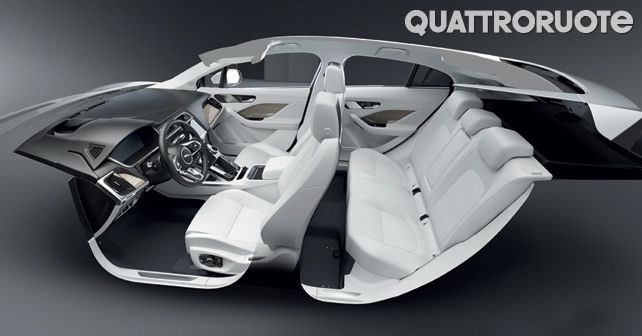
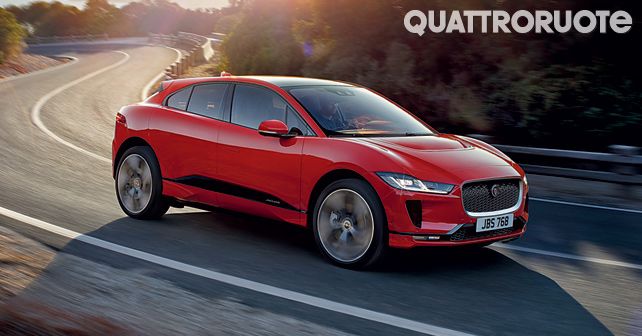
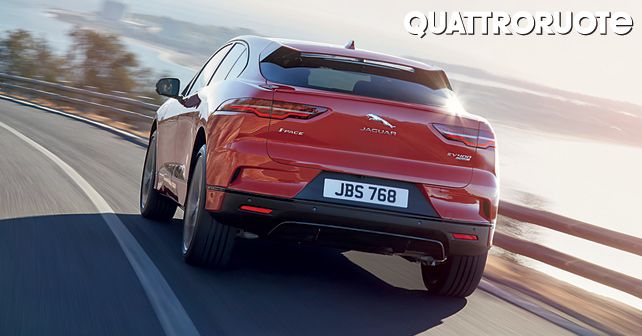
Technology
KWH & A SURPLUS OF POWER
The platform of the I-Pace is all-new and built from the ground up, which is kind of obvious since this is the company’s first all-electric crossover. Made of aluminium (something that Jaguar is quite fond of) the I-Pace accommodates two electric motors – one for the front wheels and the other for the rear axle. Each generates 197bhp, giving it a total system output of 394bhp. 696Nm of torque is available from the get-go. All of this makes the I-Pace a pretty quick crossover by any standards. The car is capable of doing 0 to 100km/h in 4.8 seconds, with a top speed of 200km/h. In the centre lies a 90kWh lithium-ion battery pack that can be recharged by up to 80% in 45 minutes using a 100kW DC charger. This means that for every 15 minutes of charge you’ll get a range of around 100 kilometres. The home charging 7Kw AC unit, however, will take about 10 hours to charge the battery pack to 80%.
Production
The Jaguar I-Pace will be built by Austria’s Magna Steyr.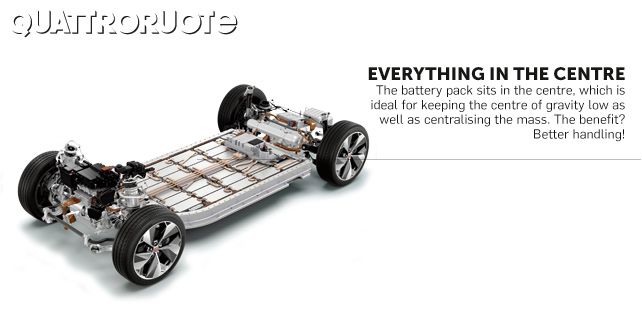
Suspension
Double wishbones at the front and an integral link at the rear. Here, you can also see the optional air suspension.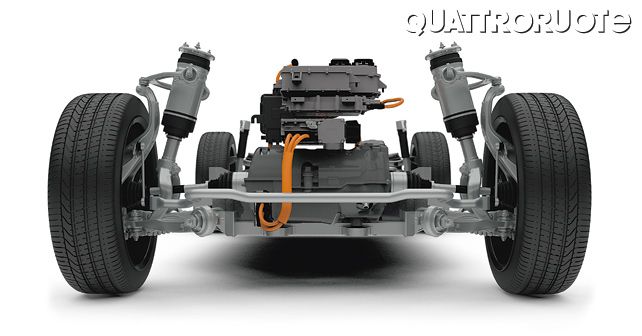
Also read - 2018 Jaguar I Pace Review: First Drive
© Riproduzione riservata
Front-motor
Synchronous electric
Max power – 147kW (197bhp)
Max torque – 348Nm
Rear-motor
Synchronous electric
Max power – 147kW (197bhp)
Max torque – 348Nm
Transmission
All-wheel Drive
Performance
Max speed – 200km/h
0-100km/h – 4.8 seconds
Range – 480km on a single charge
Dimensions and weight
Wheelbase – 2,990mm
Length – 4,680mm
Width – 1,900mm
Height – 1,570mm
Weight – 2,208kg



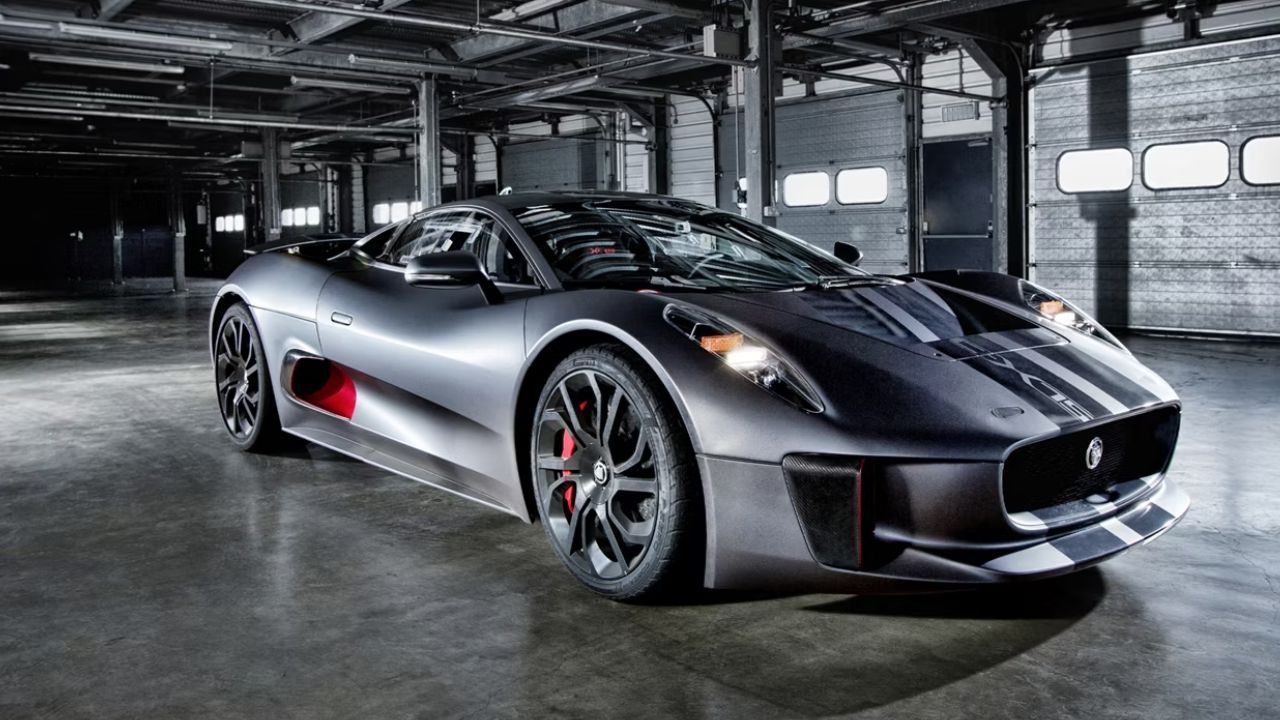

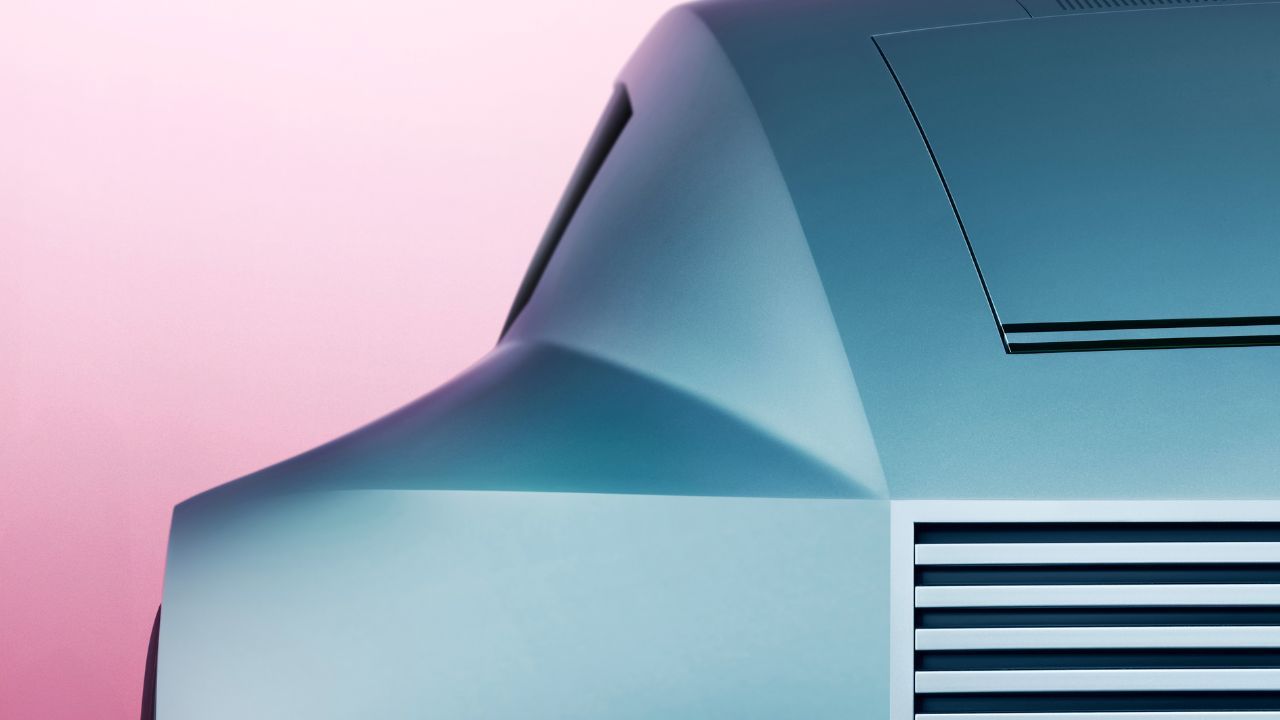







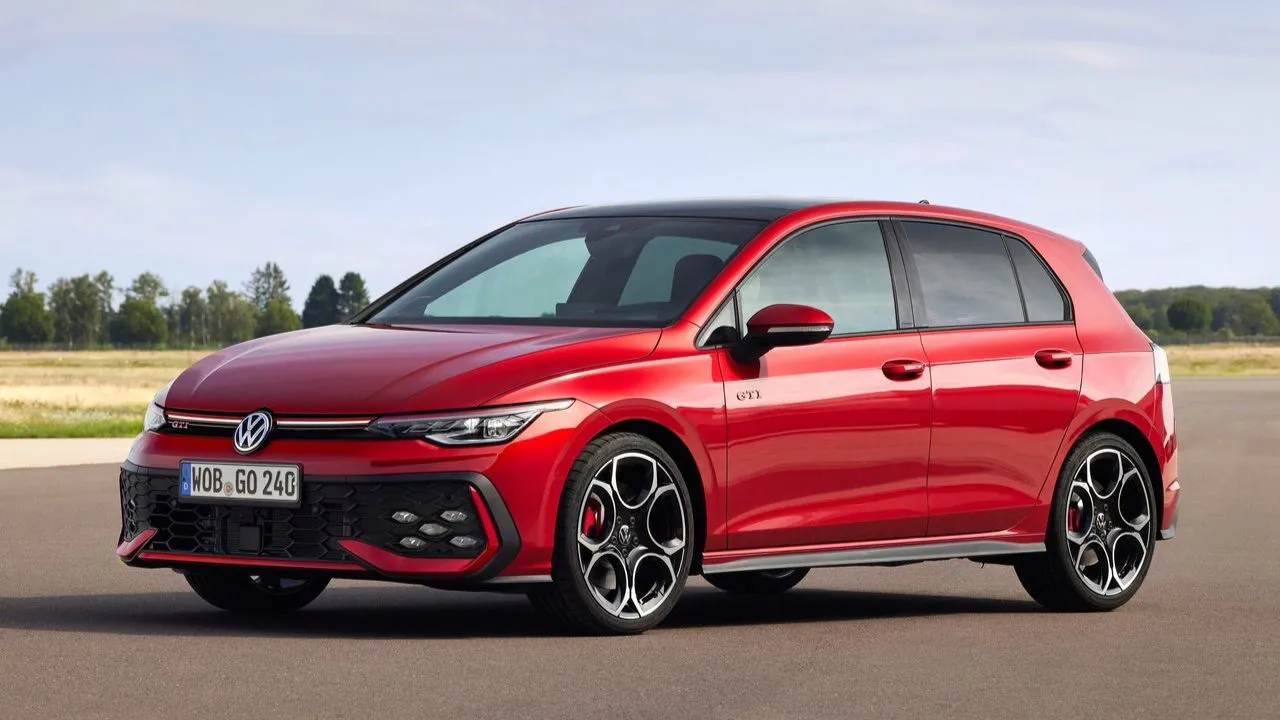
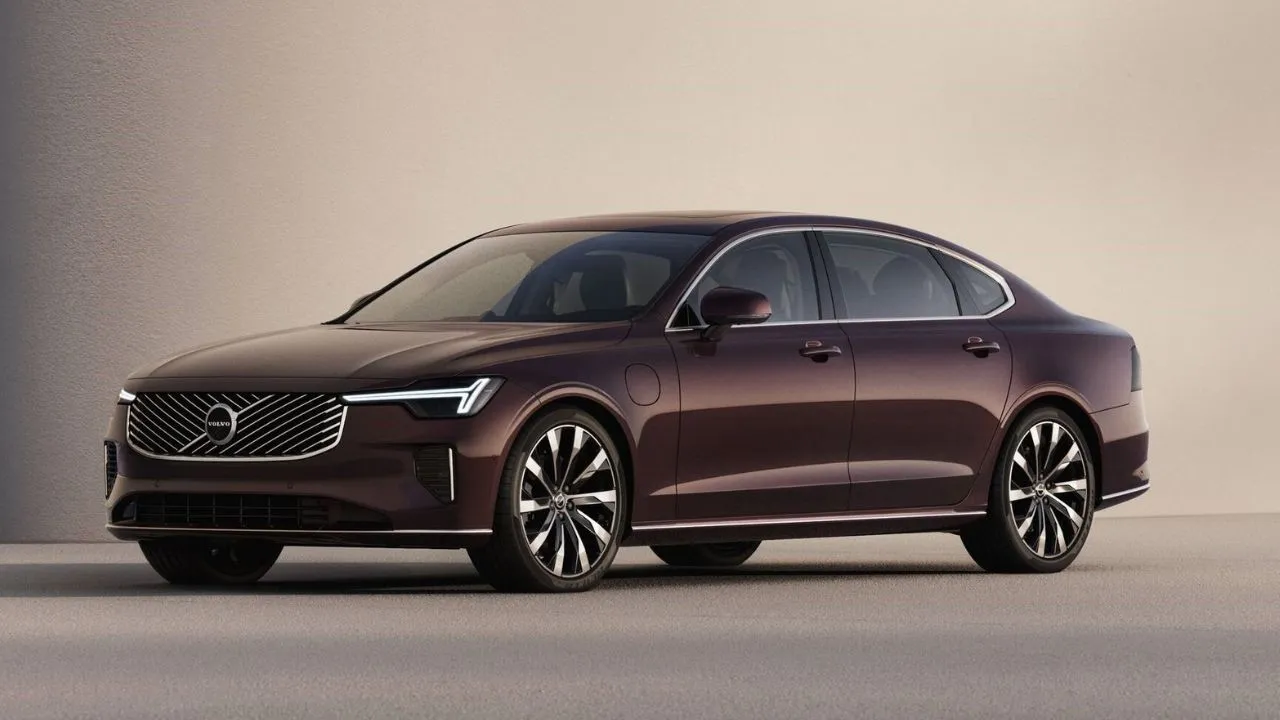

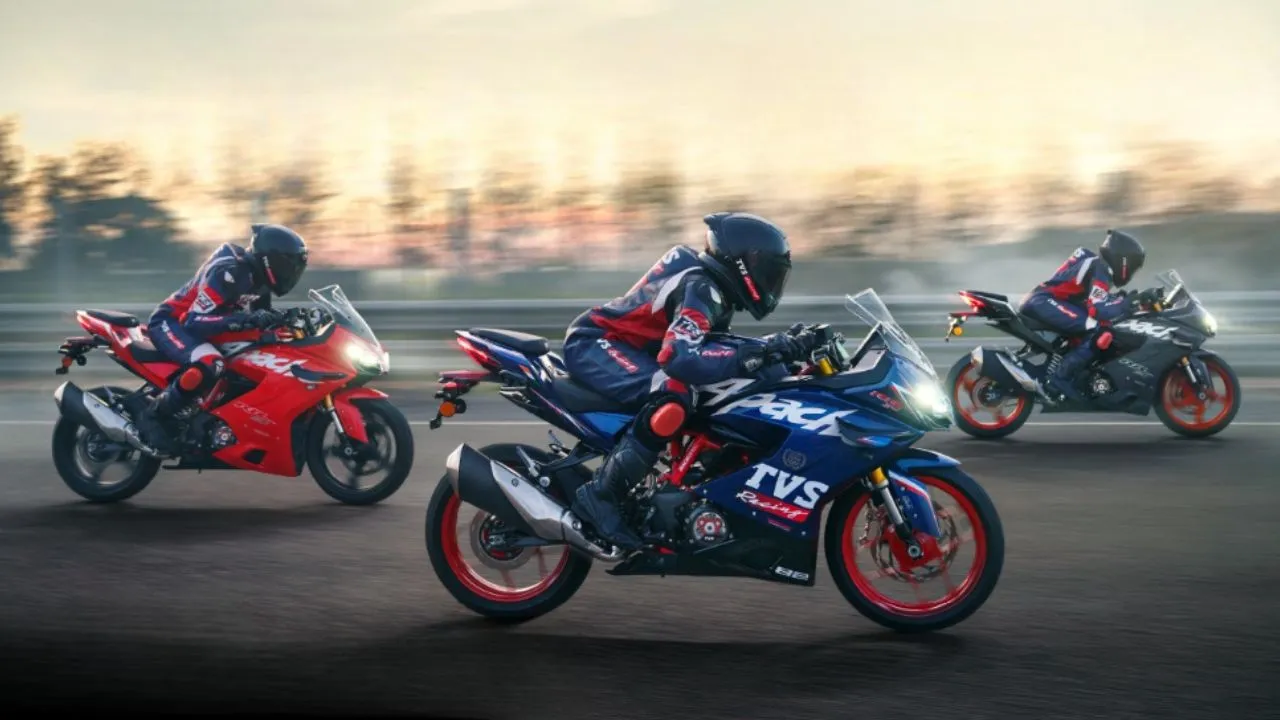





Write your Comment on